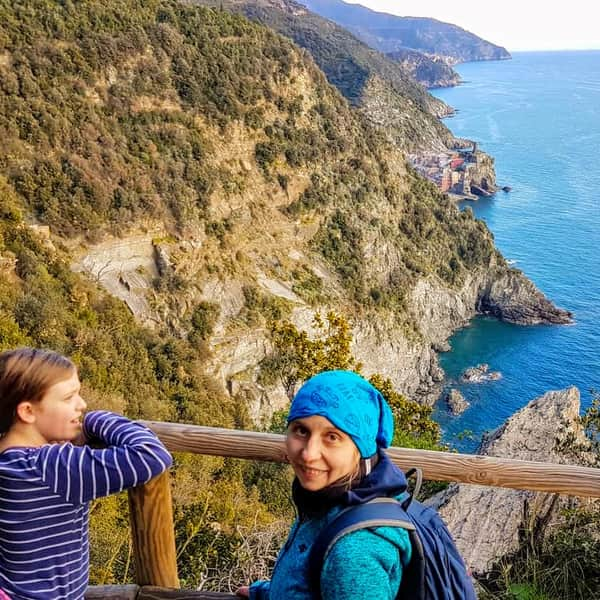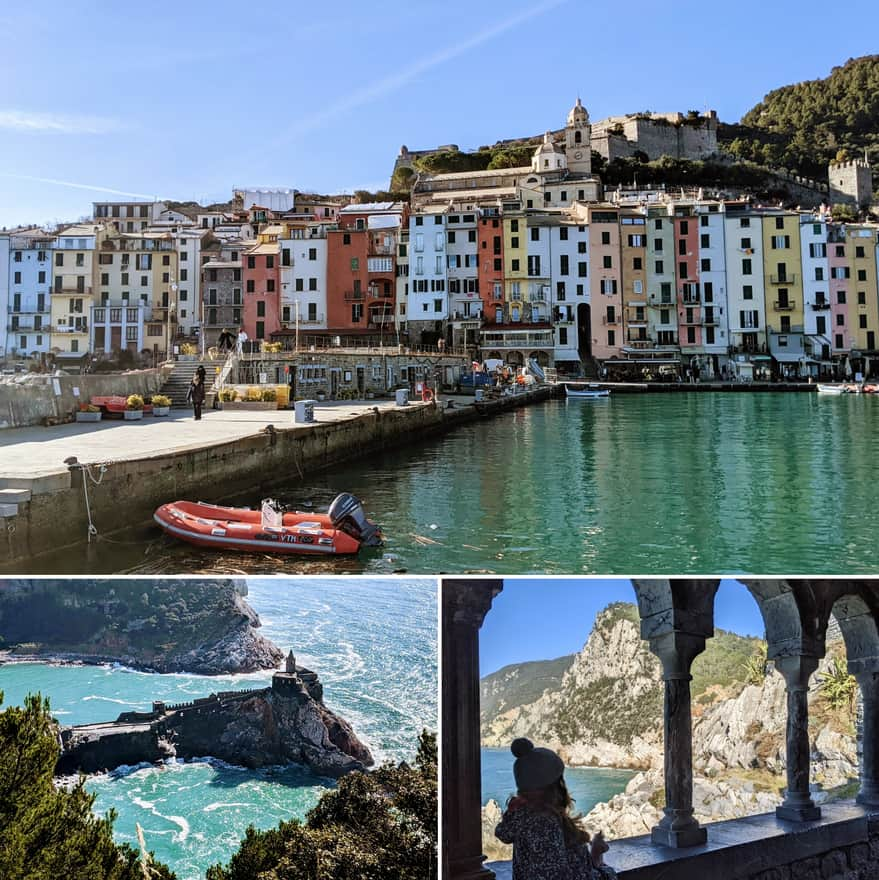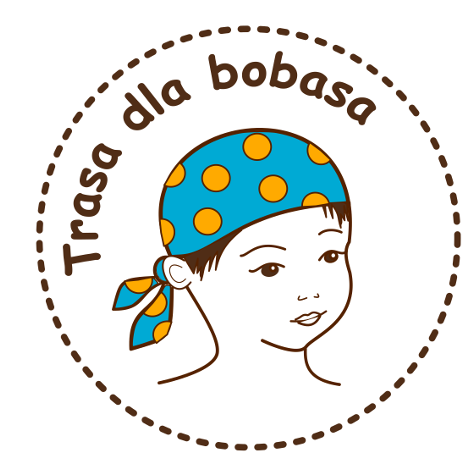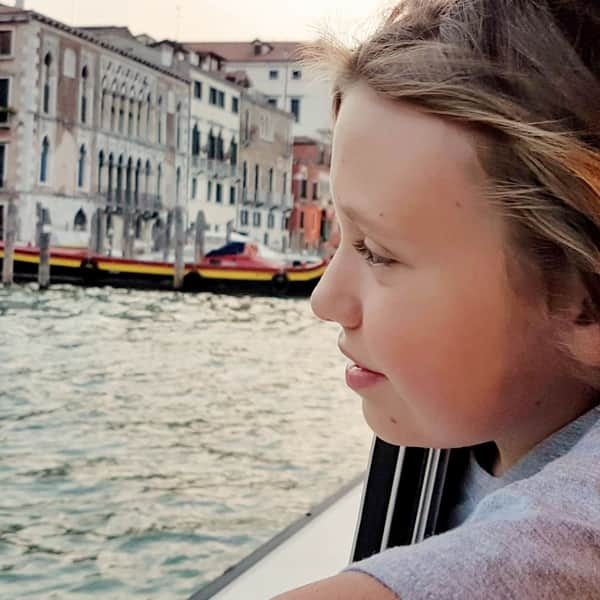
- Venice - a city amidst the sea
- Visiting Venice - Reservations and Entry Fee
- Why is Venice built on water?
- Venice - A Powerful City
- Shipbuilding House
- Grand Canal
- Doge's Palace
- Is Venice Crowded?
- Gondolas
- Bridges and Footbridges
- Venice is Actually Sinking!
- Visiting Venice with Children
- Venetian Masks - What Do They Mean?
Venice - a city amidst the sea
Even from the airplane windows, Venice looks like a city flooded by the sea. The only way to reach the island is through a long bridge. It's no wonder that it is often called the "city amidst the sea". The planes do not land directly in Venice, but on the mainland nearby. You can reach the city by bus, car, train (across the long bridge), or even by boat.
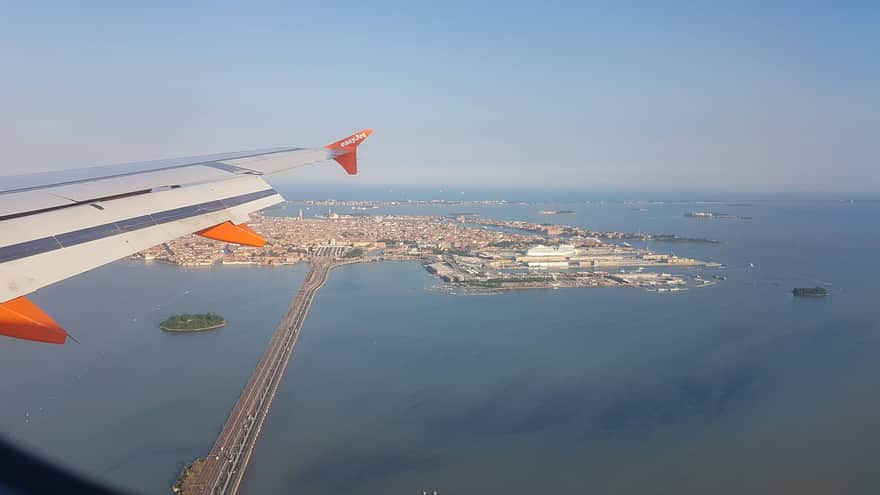
Visiting Venice - Reservations and Entry Fee
Only until the end of this year, you can visit Venice spontaneously. Starting from January 2023, due to high tourist traffic, it will be necessary to make advance reservations and pay an entry fee to visit the city.
- The nearest airport to Venice is Marco Polo Airport.
- Trains depart from the airport to Venice, and you can also arrive by boat.
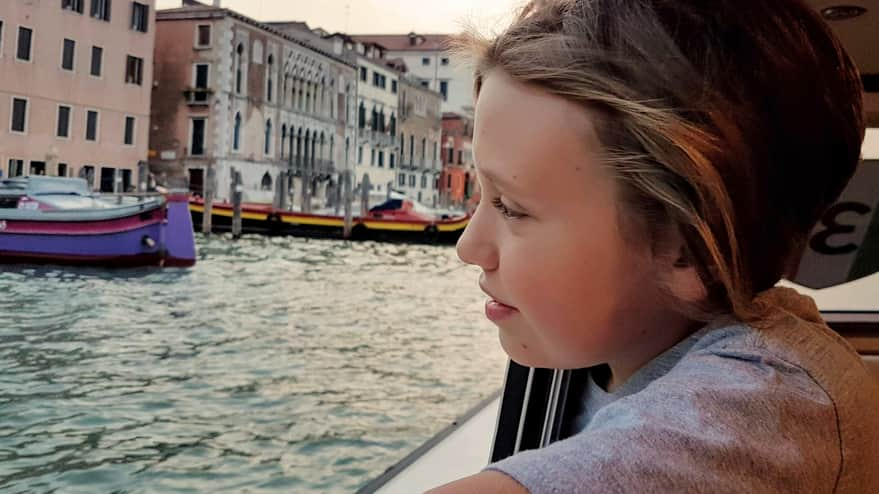
Why is Venice built on water?
Venice was not flooded or submerged! The city was intentionally built this way, with houses standing on wooden piles in the water. During the time when Venice was established, many wild tribes invaded Europe. In order to protect themselves from these invaders, the residents fled to nearby islands and built settlements there. From the island, every invader was easily visible and became an easy target.
Getting to the surrounded-by-sandbanks city was not easy. The tides that affected Venice caused sand to shift and changed the seabed. Only by knowing where it was shallow and where it was deep, one could reach the city. Invaders' ships most often got stuck on sandbanks.
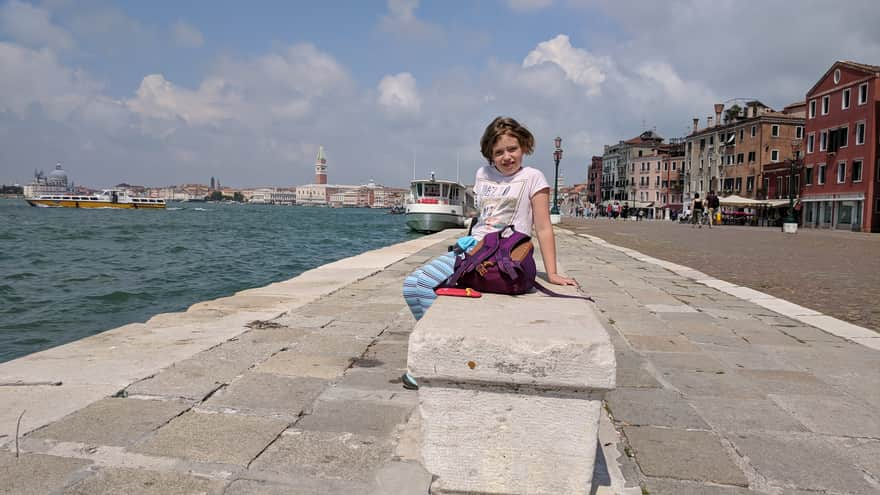
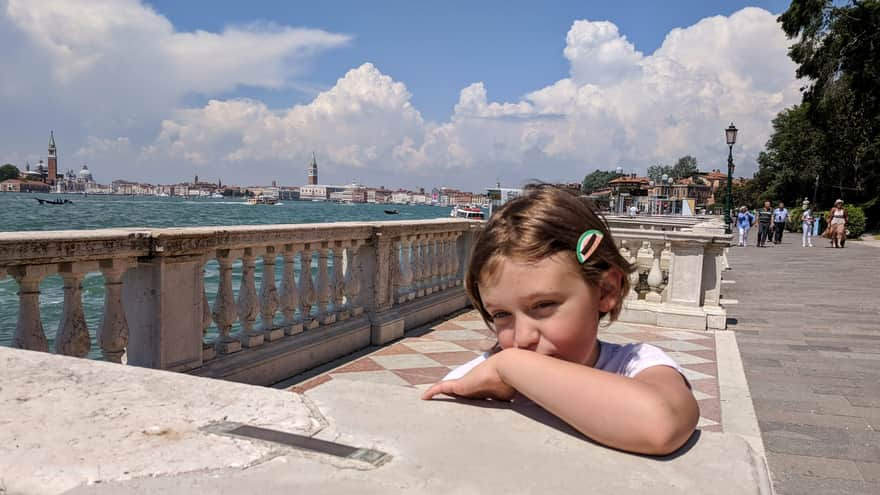
Venice - A Powerful City
Living in the "city on the water" was very challenging. There was no way to cultivate land, so the residents mainly relied on fishing for food. However, Venice quickly became an economic powerhouse. The ships built here were unparalleled! They traveled increasingly longer distances, bringing more and more exotic goods. It was through the Venetian ports that luxury products such as coffee, rice, ivory, silk, and even gold were distributed throughout Europe.
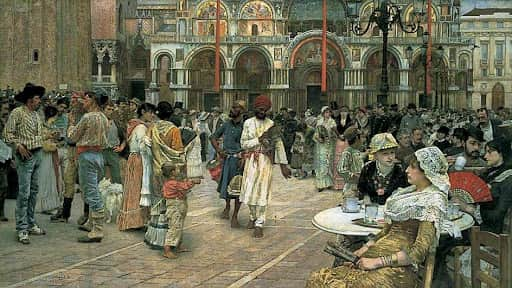
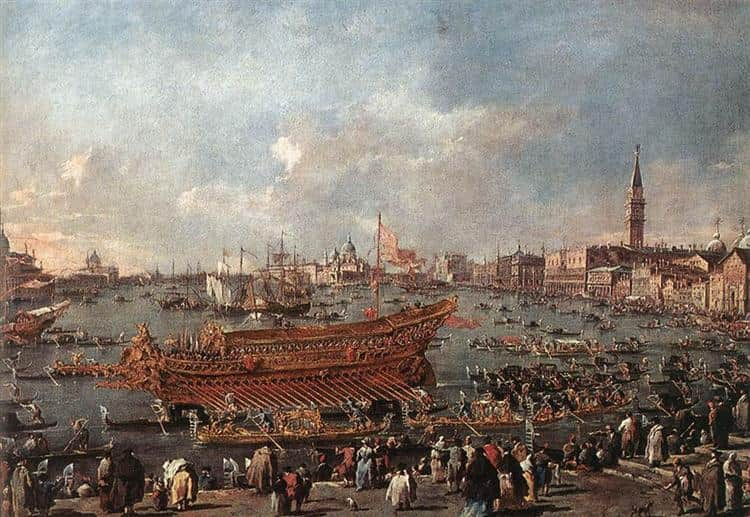
Shipbuilding House
Merchant ships were protected by warships. The secret of building Venetian ships was closely guarded for centuries - there was a ban on constructing and selling them without the Doge's permission!
In the city, a shipbuilding house was established - a shipyard that no other European state had at that time! There were workshops producing ship ropes, sails, masts, and oars, as well as factories for producing weapons, ammunition, and casting cannons. The ships built here participated in the most important naval battles in European history.
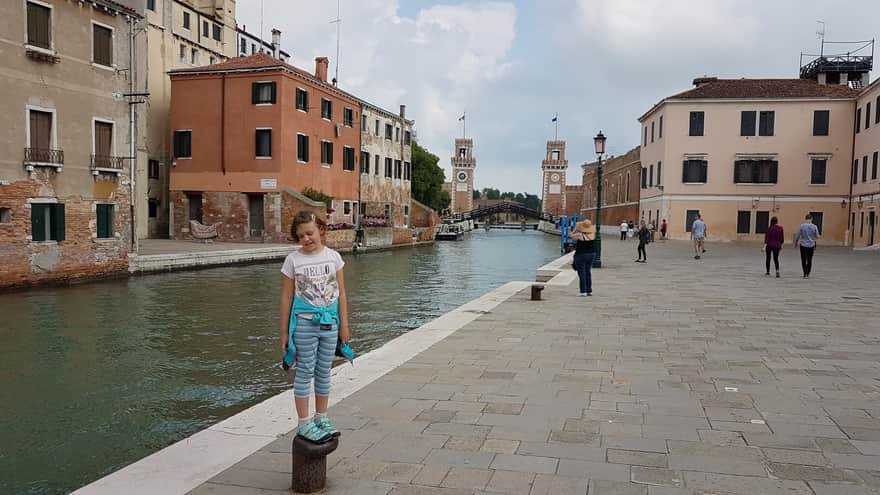
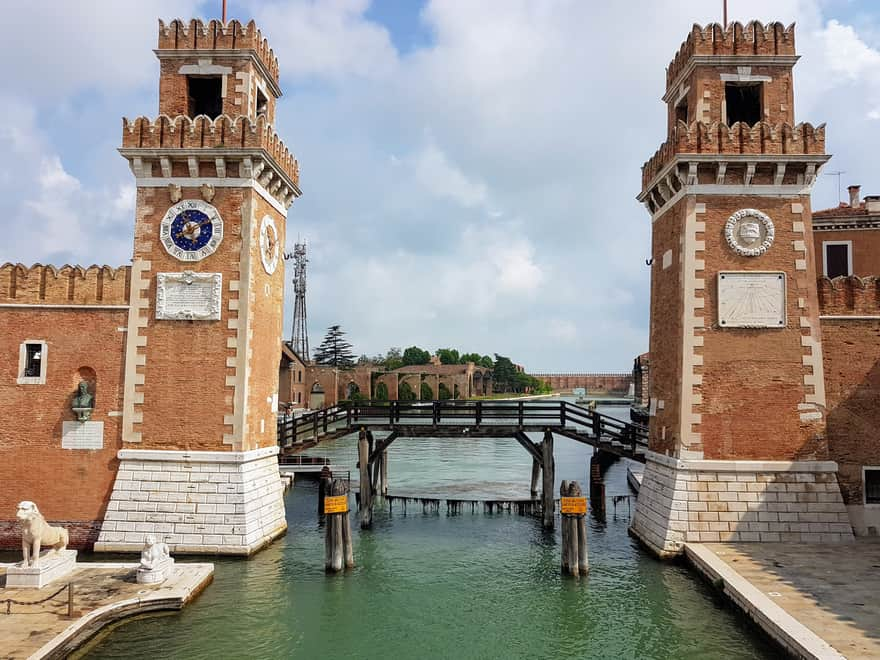
Grand Canal
This is the main canal of Venice - the Grand Canal. It is through this canal that large merchant ships entered Venice. Goods were unloaded into warehouses on the first floors of buildings along the canal.
Did you know that the word "quarantine" originated in Venice? In Italian, "quaranta" means forty - that's how many days ships had to wait during the plague epidemic to enter the Venetian port.
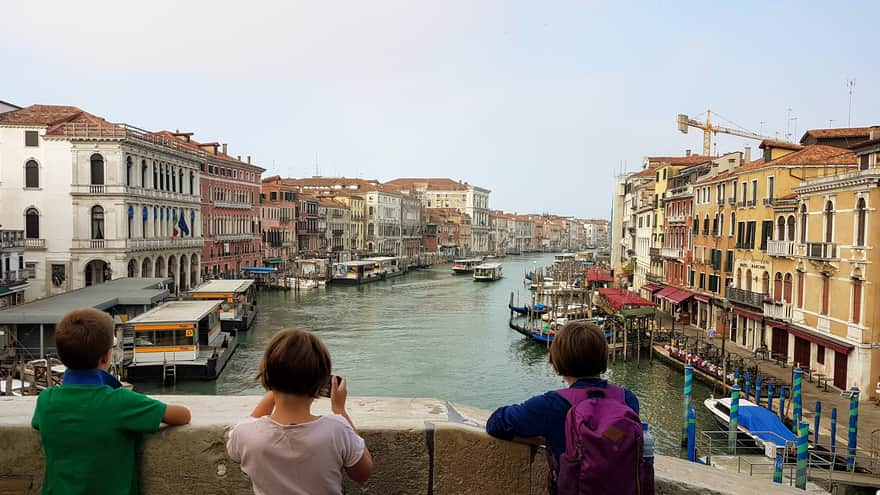
Doge's Palace
Venice was once a city-state. The head of state was the Doge of Venice, or the Duke. St. Mark's Square is the largest and most famous square in the city. The Doge's Palace is located there, where the most important rulers of Venice held their offices. The winged lion is the symbol of Venice.
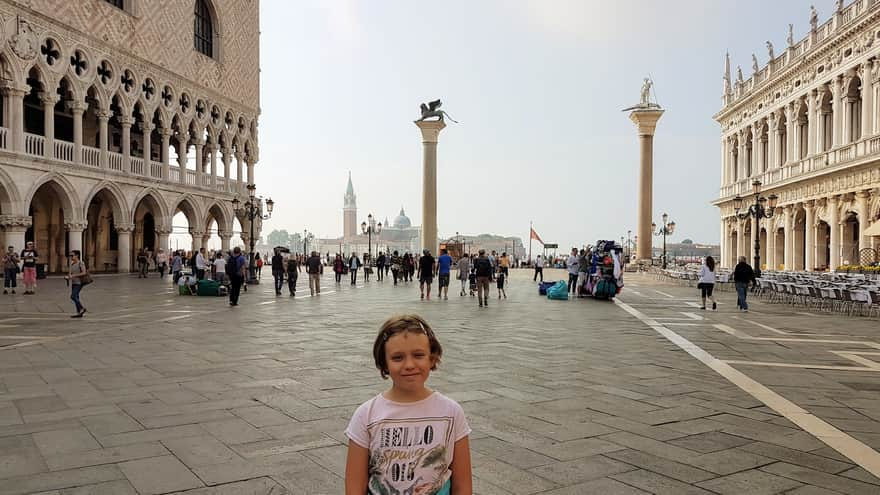
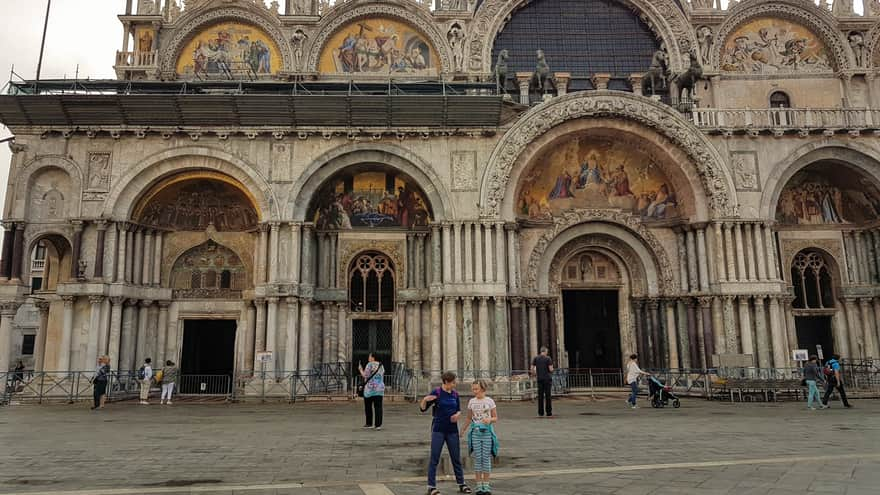
Is Venice Crowded?
Just step off the beaten tourist paths, and you will find many charming and beautiful corners! You will see garlands of hanging laundry. We really liked the surroundings of the Shipbuilding House and Parco delle Rimembranze.
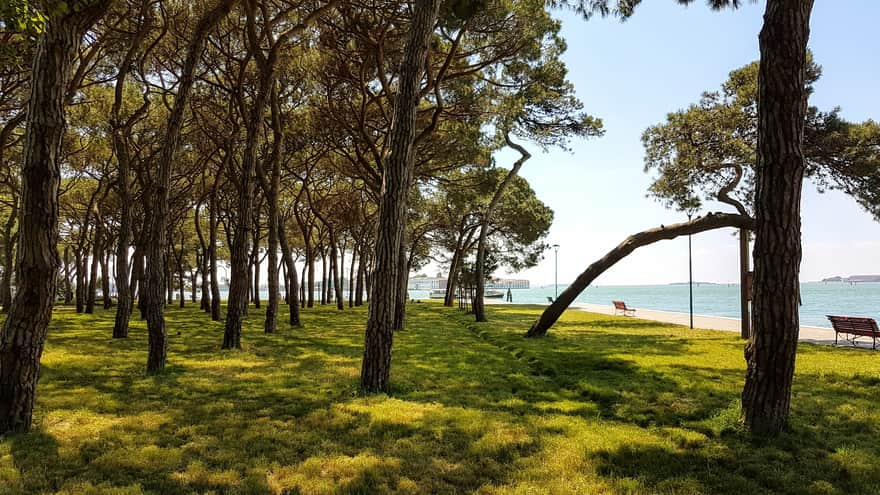
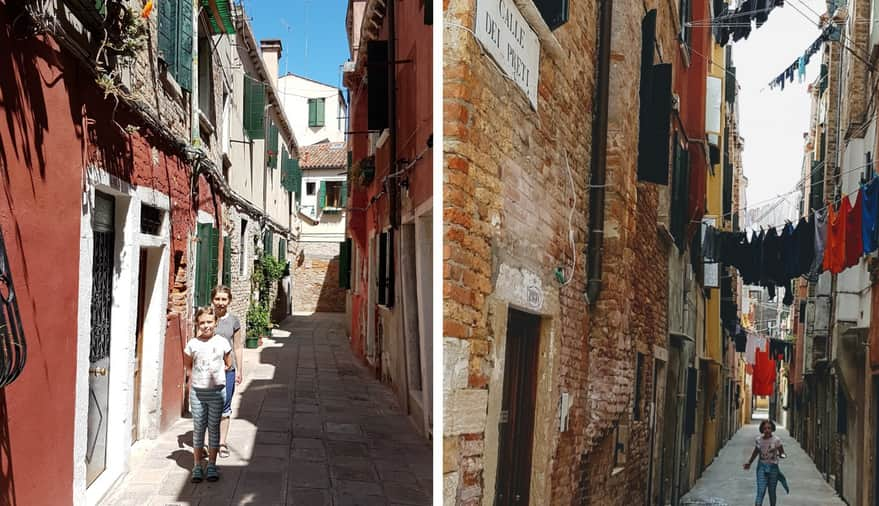
The narrow streets of Venice are surrounded by tall buildings - you can feel like you're in a real labyrinth! Some buildings do not have access to the sidewalk - you can only reach them by boat. Even couriers and mailmen use boats.
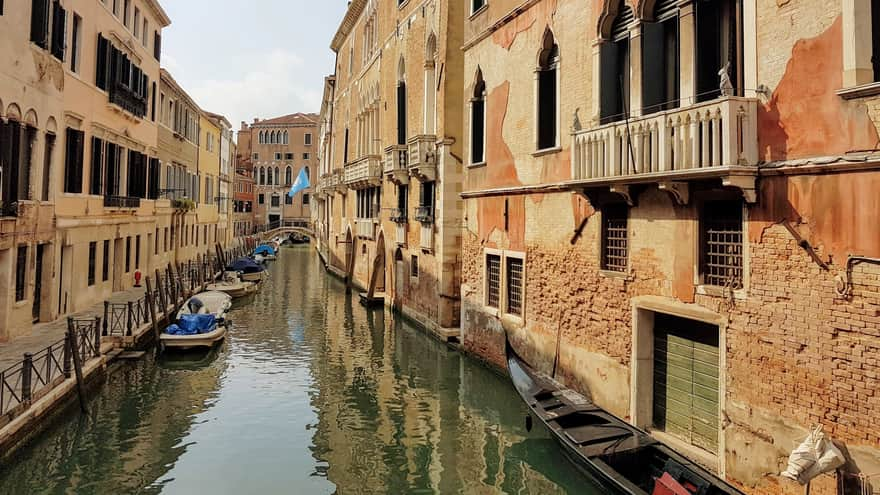
Gondolas
A gondola is a flat-bottomed boat steered by a gondolier. Notice that the boat barely sinks into the water and is very maneuverable. An interesting fact is that the length of the oar is adjusted to the height of the gondolier! Gondolas are like Venetian taxis.
In the past, only Venetians and only men could become gondoliers. It was a profession passed down from father to son. Today, there is supposedly a woman among the gondoliers, and even a Polish one!
Bridges and Footbridges
Rialto Bridge
There are over 400 bridges and footbridges in the city. The oldest and perhaps most famous in the world is the Rialto Bridge, located on the main canal - the Grand Canal.
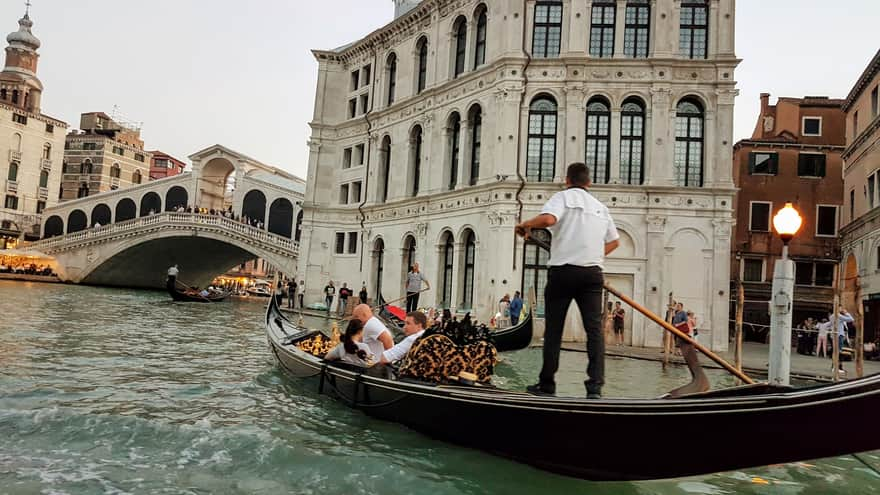
Bridge of Sighs
Equally famous is a small bridge with a romantic name, the "Bridge of Sighs." It is said to bring luck to lovers. However, it has little to do with romance, as it leads from the Doge's Palace to prison cells.
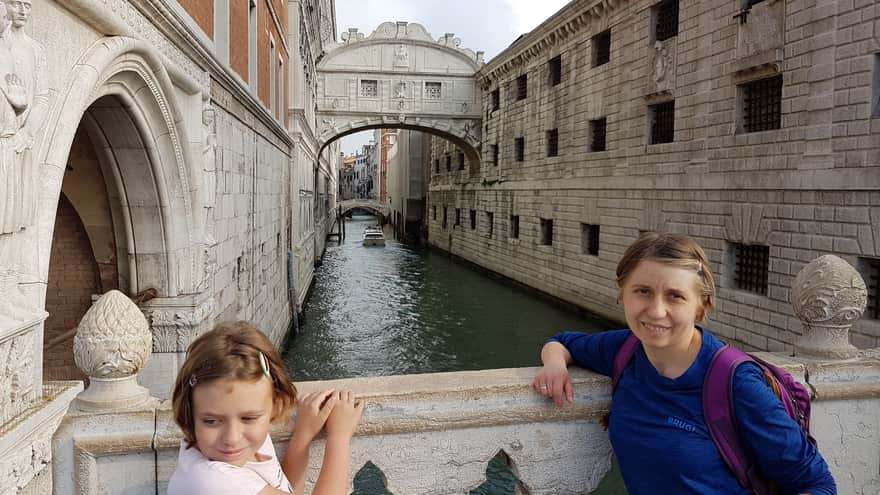
Venice is Actually Sinking!
This is probably due to the excessive pumping of groundwater. Fortunately, it is happening very slowly, at a rate of a few millimeters per year. It is said that by the end of the 21st century, Venice will be half a meter underwater! You must visit it before that happens!
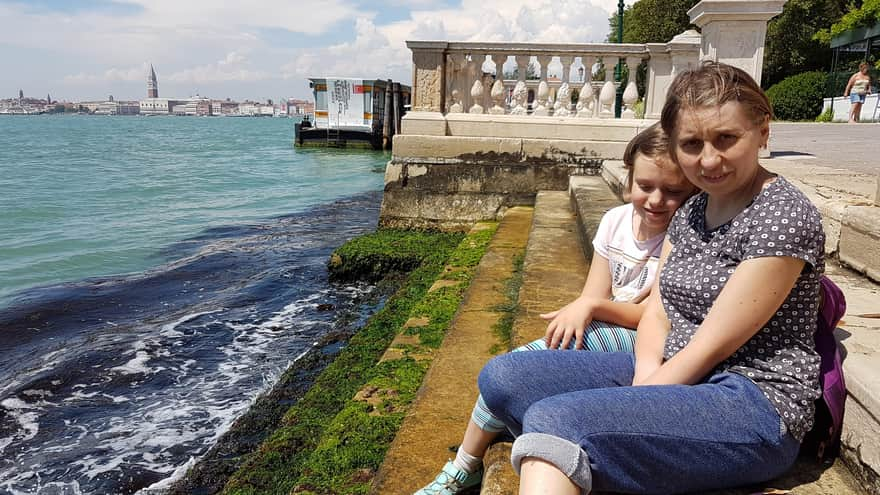
Visiting Venice with Children
Exploring Venice with a stroller can be very troublesome - you will encounter stairs and narrow passages, and you will often have to carry the stroller. A baby carrier or sling will work much better. Venice is not a city with typical children's attractions, but we found a small playground in Parco delle Rimembranze. However, older children should enjoy the maze of narrow streets. There are no streets or cars here, so in less touristy areas, children can feel more at ease. Venice was very appealing to us and our daughter!
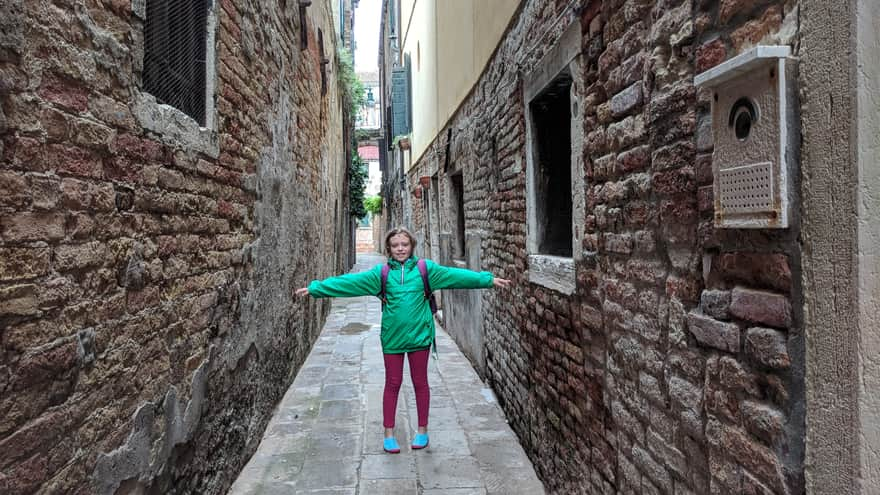
Venetian Masks - What Do They Mean?
Venetian masks are a well-known symbol of the Venetian carnival, which used to last much longer than it does now, even several months. Situated on the islands, Venice was a relatively small city, and the residents knew each other well. The purpose of wearing masks was (and still is) to remain anonymous during the festive celebrations. Medico masks have a different, darker history - you can recognize them by their long, curved noses resembling a beak. This costume is associated with the times of the plague, when it was believed that the smell of corpses and decay spread the disease. Medics wore masks and concealed fragrant herbs in the long beak. Masks with the characteristic curved beak have become a symbol of death.
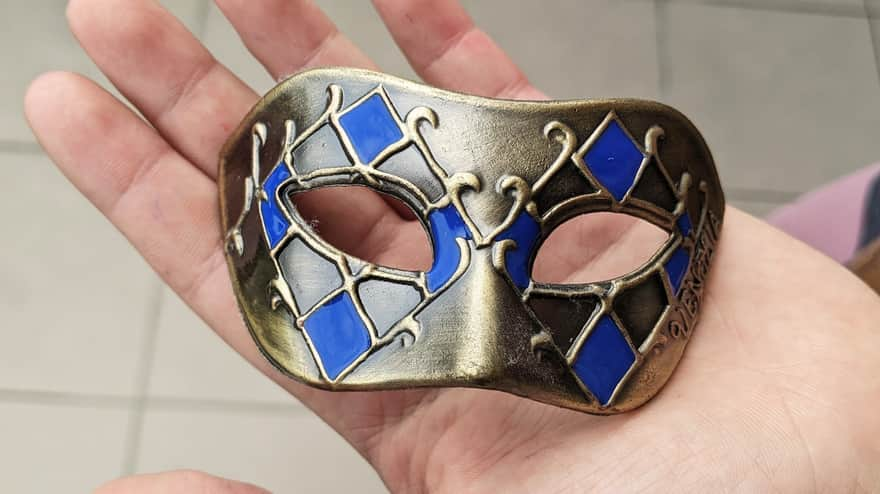
Publish Date: 2022-08-23
More in the Region Włochy (Italy)
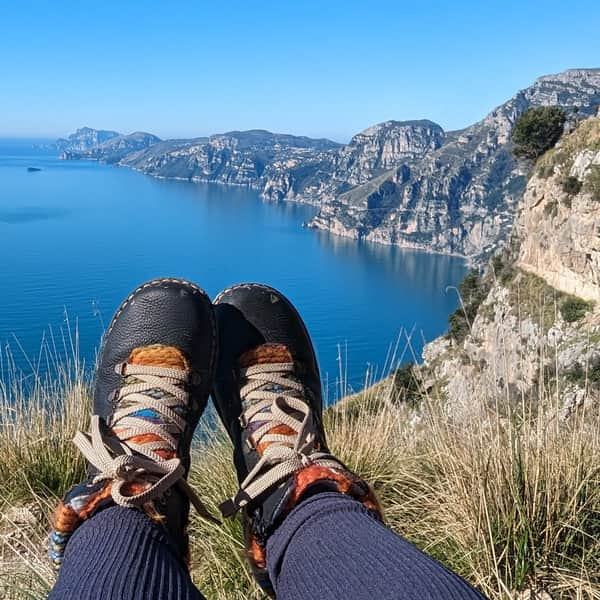
Total Length 60 km
